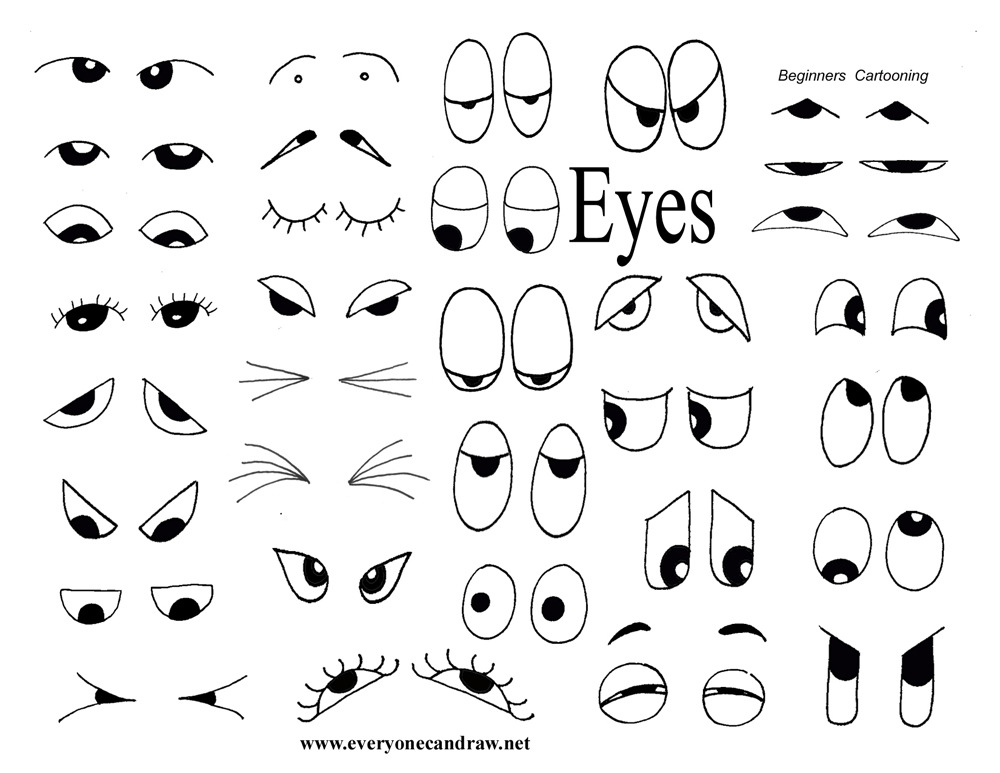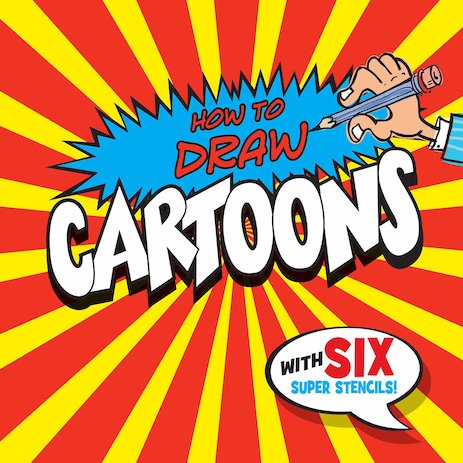how to draw cartoons eyes
Felix's origins remain disputed. Australian cartoonist/film entrepreneur Pat Sullivan, owner of the Felix character, claimed during his lifetime to be its creator. American animator Otto Messmer, Sullivan's lead animator, has more commonly been assigned credit by Americans in recent decades. Some historians argue that Messmer ghosted for Sullivan although Messmer's creation claim has not been proven. The art and lettering in Feline Follies have been identified as Pat Sullivan's work, whereas Messmer's claim completely excluded Sullivan from the animation. What is certain is that Felix emerged from Sullivan's studio, and cartoons featuring the character enjoyed success and popularity in the 1920s.
In the early 1920s Felix enjoyed enormous popularity in popular culture. He got his own comic strip (drawn by Messmer) beginning in 1923, and his image soon adorned all sorts of merchandise such as ceramics, toys and postcards. Several manufacturers made stuffed Felix toys. Jazz bands such as Paul Whiteman's played songs about him (1923's "Felix Kept On Walking" and others).
On 9 November 1919, Master Tom, a prototype of Felix, debuted in a Paramount Pictures short entitled Feline Follies. Produced by the New York City-based animation studio owned by Pat Sullivan, the cartoon was directed by cartoonist and animator Otto Messmer. It was a success, and the Sullivan studio quickly set to work on producing another film featuring Master Tom, the Felix the Cat prototype in The Musical Mews (released 16 November 1919). It too proved to be successful with audiences. Otto Messmer gave two different versions of how Felix got his name, the one on his official site "Rejoining Sullivan with a great idea for a new character named Felix the Cat, and the second that "Mr. (John) King of Paramount Magazine suggested the name "Felix", after the Latin words felis (cat) and felix (lucky), which was used for the third film, The Adventures of Felix (released on 14 December 1919). Pat Sullivan said he named Felix after Australia Felix from Australian history and literature. In 1924, animator Bill Nolan redesigned the fledgling feline, making him both rounder and cuter. Felix's new looks, coupled with Messmer's character animation, brought Felix to fame.
It was not until many years after Sullivan's death that Sullivan staffers such as Hal Walker, Al Eugster, and Sullivan's lawyer, Harry Kopp, credited Messmer with Felix's creation. They claimed that Felix was based on an animated Charlie Chaplin that Messmer had animated for Sullivan's studio earlier on. The down-and-out personality and movements of the cat in Feline Follies reflect key attributes of Chaplin's, and, although blockier than the later Felix, the familiar black body is already there (Messmer found solid shapes easier to animate). Messmer himself recalled his version of the cat's creation in an interview with animation historian John Canemaker:

how to draw cartoon eyes step

How to draw cartoon eyes step

How to draw cartoon eyes step

Let\x26#39;s draw! How

Drawing Cartoon Facial

Eyes

How To Draw Cartoons: Eye

how to draw cartoon faces step

When drawing a cartoon baby,

When drawing a cartoon mouse,

How to Draw Cartoons

Draw Cartoon faces

How to draw cartoon snakes

Step 4 How to Draw Cartoon

How to Draw Manga Eyes Second

Lots and lots of Cartoon Eyes
In the early 1920s Felix enjoyed enormous popularity in popular culture. He got his own comic strip (drawn by Messmer) beginning in 1923, and his image soon adorned all sorts of merchandise such as ceramics, toys and postcards. Several manufacturers made stuffed Felix toys. Jazz bands such as Paul Whiteman's played songs about him (1923's "Felix Kept On Walking" and others).
On 9 November 1919, Master Tom, a prototype of Felix, debuted in a Paramount Pictures short entitled Feline Follies. Produced by the New York City-based animation studio owned by Pat Sullivan, the cartoon was directed by cartoonist and animator Otto Messmer. It was a success, and the Sullivan studio quickly set to work on producing another film featuring Master Tom, the Felix the Cat prototype in The Musical Mews (released 16 November 1919). It too proved to be successful with audiences. Otto Messmer gave two different versions of how Felix got his name, the one on his official site "Rejoining Sullivan with a great idea for a new character named Felix the Cat, and the second that "Mr. (John) King of Paramount Magazine suggested the name "Felix", after the Latin words felis (cat) and felix (lucky), which was used for the third film, The Adventures of Felix (released on 14 December 1919). Pat Sullivan said he named Felix after Australia Felix from Australian history and literature. In 1924, animator Bill Nolan redesigned the fledgling feline, making him both rounder and cuter. Felix's new looks, coupled with Messmer's character animation, brought Felix to fame.
It was not until many years after Sullivan's death that Sullivan staffers such as Hal Walker, Al Eugster, and Sullivan's lawyer, Harry Kopp, credited Messmer with Felix's creation. They claimed that Felix was based on an animated Charlie Chaplin that Messmer had animated for Sullivan's studio earlier on. The down-and-out personality and movements of the cat in Feline Follies reflect key attributes of Chaplin's, and, although blockier than the later Felix, the familiar black body is already there (Messmer found solid shapes easier to animate). Messmer himself recalled his version of the cat's creation in an interview with animation historian John Canemaker:

how to draw cartoon eyes step

How to draw cartoon eyes step

How to draw cartoon eyes step

Let\x26#39;s draw! How

Drawing Cartoon Facial

Eyes

How To Draw Cartoons: Eye

how to draw cartoon faces step

When drawing a cartoon baby,

When drawing a cartoon mouse,

How to Draw Cartoons

Draw Cartoon faces

How to draw cartoon snakes

Step 4 How to Draw Cartoon

How to Draw Manga Eyes Second

Lots and lots of Cartoon Eyes

0 Comments:
Post a Comment
Subscribe to Post Comments [Atom]
<< Home